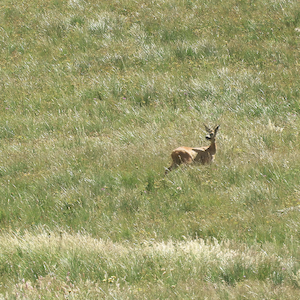Short Communications
Vol. 10 No. 2 (2023)
Alpine chamois Rupicapra rupicapra (L. 1758) and European roe deer Capreolus capreolus (L. 1758) close together at a salt lick

Publisher's note
All claims expressed in this article are solely those of the authors and do not necessarily represent those of their affiliated organizations, or those of the publisher, the editors and the reviewers. Any product that may be evaluated in this article or claim that may be made by its manufacturer is not guaranteed or endorsed by the publisher.
All claims expressed in this article are solely those of the authors and do not necessarily represent those of their affiliated organizations, or those of the publisher, the editors and the reviewers. Any product that may be evaluated in this article or claim that may be made by its manufacturer is not guaranteed or endorsed by the publisher.
Received: 26 August 2022
Accepted: 17 February 2023
Accepted: 17 February 2023
447
Views
499
Downloads











